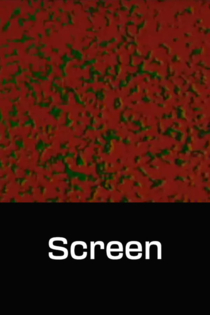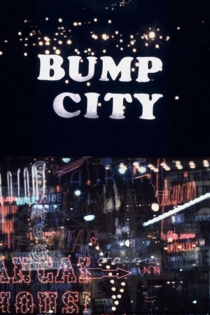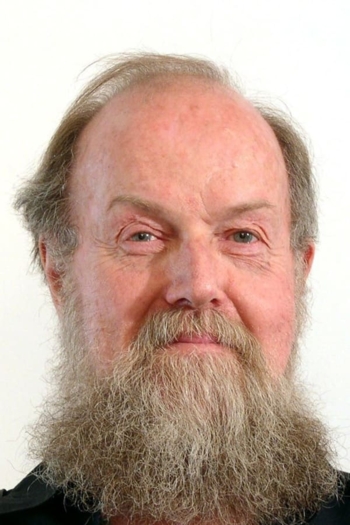
Pat O'Neill
1939 (86 лет)The Decay of Fiction
Pat O'Neill
Beverly O'Neill, Lauren Maher
The Ambassador Hotel in Los Angeles serves as the backdrop of Pat O’Neill’s artfully-crafted film. Shot in the classic Hollywood style, the movie follows various mysterious characters as they move through the haunted halls of the hotel, exploring along the way the secrets that are held within.
The Decay of Fiction
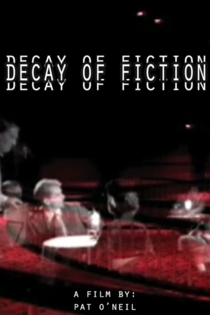
Abstract Cinema
Keith Griffiths
Stan Brakhage, Jules Engel
Several well-known and pioneering abstract filmmakers discuss the history of non-objective cinema, the works of those that came before them and their own experiments in the field of visionary filmmaking.
Abstract Cinema
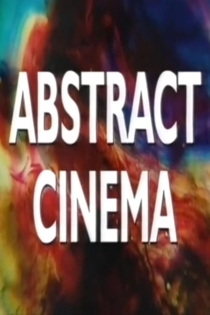
Horizontal Boundaries
Pat O'Neill
The title Horizontal Boundaries refers to frame lines- the boundaries between one image and the next on a roll of motion picture film. These lines, usually hidden by the projector gate, are revealed as subject matter and as a means of dividing the screen into as many as four very wide images, stacked one above the other. They represent many places, and a few people. My intent was to find ways to allow the images to interact in ways not usually possible. The track includes some Irish fiddle solos and intense recycled dialog.
Horizontal Boundaries
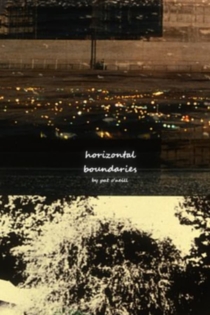
Water and Power
Pat O'Neill
Pat O'Neill, one of the most interesting filmmakers in America today, offers a dazzling reflection on the conflict between nature and man in Los Angeles, or the desertification of the city's surroundings due to its enormous water consumption. More interestingly, it is also a film in the age-old tradition of city symphonies: a film about LA's foundation myths and the dreams it embodies, about its history and (grim) future, its topography and ethnography. O'Neill uses footage from several classic films to recreate the several layers of meaning emanating from the city, juxtaposing images and fantasies and hardly ever allowing one picture to go untouched. George Lockwood's swarming soundtrack is likewise composed of conflicting languages, an elaborate work of plunderphonics in which snippets of sound stolen from movies collide with electronic soundscapes, contemporary chamber music, improv, and what not.
Water and Power
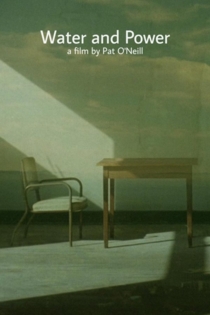
Bustin' Down the Door
Jeremy Gosch
Edward Norton, Clyde Aikau
During the winter of 1975 in Hawaii, surfing was shaken to its core. A group of young surfers from Australia and South Africa sacrificed everything and put it all on the line to create a sport, a culture, and an industry that is today worth billions of dollars and has captured the imagination of the world. With a radical new approach and a brash colonial attitude, these surfers crashed headlong into a culture that was not ready for revolution. Surfing was never to be the same again.
Bustin' Down the Door

Trouble in the Image
Pat O'Neill
Optical printing pioneer Pat O’Neill uses “his skills in special effects production to extrapolate metaphysical meaning from the ordinariness of industrialized culture” (Scott Stark). In O’Neill’s playful film, “trouble in the image” may take the form of a disturbing moment in a narrative, how-to instructions for creating an image, or pictures that break apart and lose their literal meaning. O'Neill: “The film [is] made up of dozens of performances dislodged from other contexts. These are often relocated into contemporary industrial landscapes, or interrupted by the chopping, shredding, or flattening of special-effects technology turned against itself. The reward is to be found in immersion within a space of complex and intricate formal relationships”.
Trouble in the Image

7362
Pat O'Neill
7362 is concerned with dividing and joining together. It begins with two black circles against a white background, knocking together and gradually moving further apart. The circles fade out, and return as white circles against black inside a square. Images similar to Rorschach blots appear. Gradually the viewer realizes that the images were not originally abstract, but were human forms (dancers, gymnasts, etc.), bridges, and others that have been split down the center of the frame, with their mirror images printed on either side of the split. Red, green, and white tints further abstract the images from their original foundations in the natural world, making dancers appear to be amoebas or dividing cells. The accompanying sound track is a mixture of electronic music and musique concrète ("real" recorded sounds manipulated to sound abstract).
7362
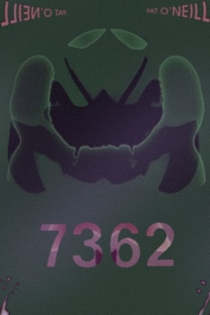
Down Wind
Pat O'Neill
A thoughtful treatment of some of the problems we (mankind) have been having in dealing with our fellow species, animal and vegetable. Actually an undercover "structural" film, this one seems at first to be some sort of berserk travelogue. I spent years going to travelogues as a child, and still have a great fondness for visiting natural history museums in strange cities.
Down Wind

Let's Make a Sandwich
Pat O'Neill
As a number of critics have pointed out, the title of O'Neill's film Let's Make a Sandwich refers not only to one of the pieces of found footage that make up the film, but to the process of its making, to the layers and sandwiching of the image. That parallel physical surface and his artisanal production of it might link all of O'Neill's work across media and position it as well toward the graphic-the flattening contour line of the cut out-and to collage, both in its cut and its combination as its dominant term.
Let's Make a Sandwich

By the Sea
Robert Abel, Pat O'Neill
"Muscle Beach is a fascinating location for people-watching in the L.A. area, and in 1963, the strangeness of its sights was much more pronounced than today. Pat O’Neill’s first film (made with Robert Abel) progresses from humorous, curious observation to energetic, graphical interaction with the sights and sounds of Santa Monica’s famed beach." —Mark Toscano
By the Sea

The Last of the Persimmons
Pat O'Neill
LAST OF THE PERSIMMONS opens with a black-and-white image of a main inflating helium balloons in the shape of rabbits. Onto this image Mr. O'Neill places two mirror images an old Fleischer-style cartoon elephant comically licking its mouth as if in anticipation of yet another layered image, that of a ripe persimmon. —Manohla Dargis, "In the Studio's Shadow, An Avant-Garde Eye," The New York Times, 11/8/2004
The Last of the Persimmons
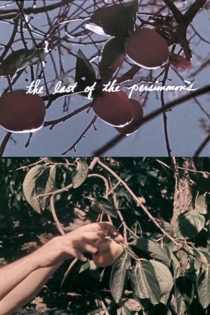
Runs Good
Pat O'Neill
A darkish journey down memory lane, to visit some news events, folkways and thought patterns associated with the late forties and early fifties. The film is also concerned with such perceptual phenomena as color-space, "false tones" caused by varying black-white alternations of simultaneously seen rhythms set up by multiple repetitive actions, and the use of image outlines as "containers" for other imagery. Sort of a working notebook, which is continued in EASYOUT and DOWN WIND.
Runs Good

